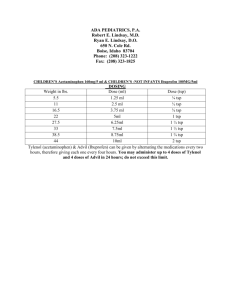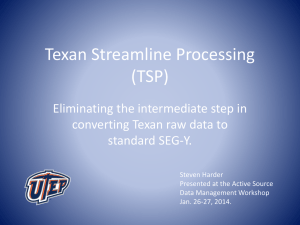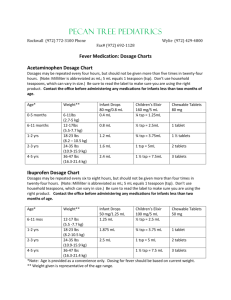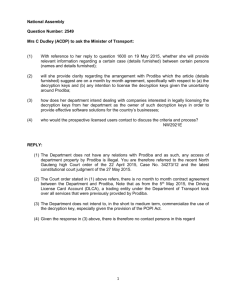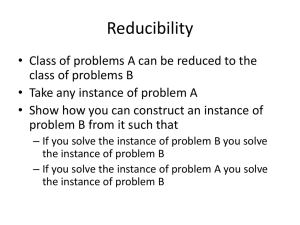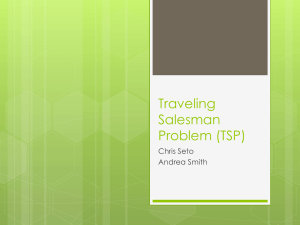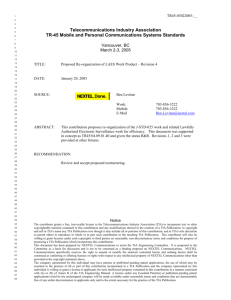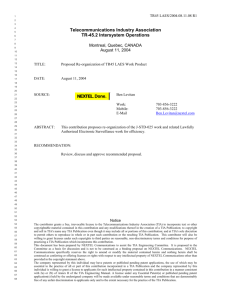14R1-AWS decompression - Telecommunications Industry
advertisement
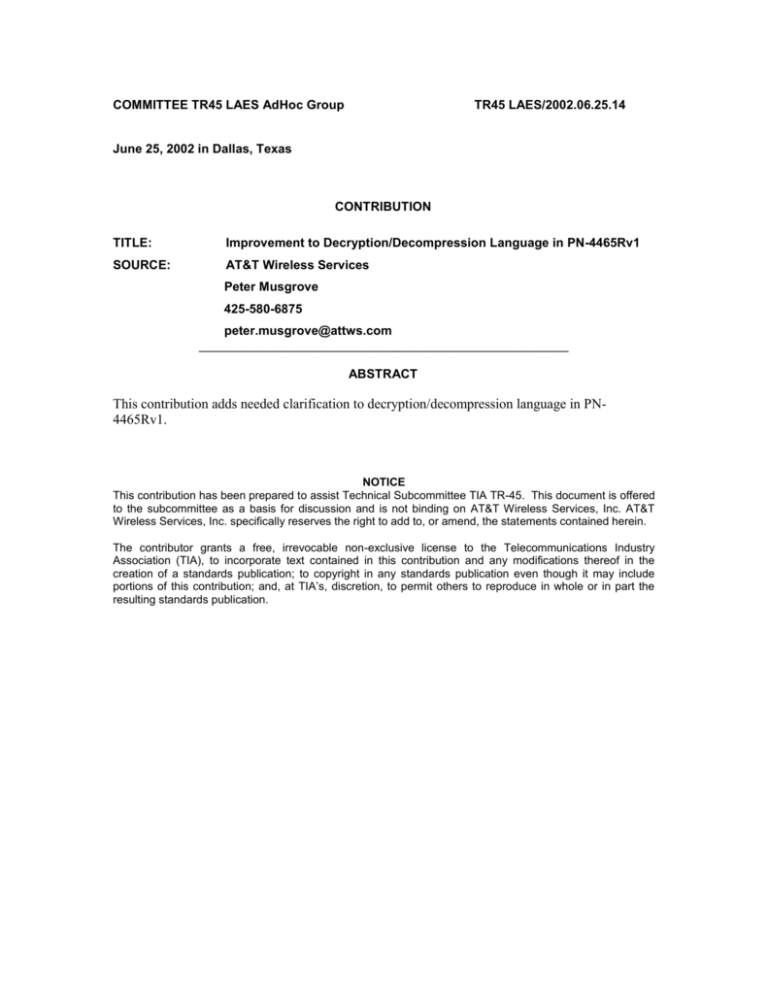
COMMITTEE TR45 LAES AdHoc Group TR45 LAES/2002.06.25.14 June 25, 2002 in Dallas, Texas CONTRIBUTION TITLE: Improvement to Decryption/Decompression Language in PN-4465Rv1 SOURCE: AT&T Wireless Services Peter Musgrove 425-580-6875 peter.musgrove@attws.com ___________________________________________________________ ABSTRACT This contribution adds needed clarification to decryption/decompression language in PN4465Rv1. NOTICE This contribution has been prepared to assist Technical Subcommittee TIA TR-45. This document is offered to the subcommittee as a basis for discussion and is not binding on AT&T Wireless Services, Inc. AT&T Wireless Services, Inc. specifically reserves the right to add to, or amend, the statements contained herein. The contributor grants a free, irrevocable non-exclusive license to the Telecommunications Industry Association (TIA), to incorporate text contained in this contribution and any modifications thereof in the creation of a standards publication; to copyright in any standards publication even though it may include portions of this contribution; and, at TIA’s, discretion, to permit others to reproduce in whole or in part the resulting standards publication. 1 Introduction The FBI CIS contribution TR45 LAES 2002.05.21.03 contains the following three paragraphs: When the TSP provides or controls the encoding for the intercept subject’s communications or at least is knowledgeable of this processing, the TSP shall transmit the communications content, when authorized, toward the LEA Collection Function in a decoded form. When the TSP provides or controls the compression for the intercept subject’s communications or at least is knowledgeable of this processing, the TSP shall transmit the communications content, when authorized, toward the LEA Collection Function in a decompressed form. When the TSP provides or controls the encryption for the intercept subject’s communications or at least is knowledgeable of this processing, the TSP shall transmit the communications content, when authorized, toward the LEA Collection Function in a decrypted form. AWS disagrees with the notion that CALEA requires a TSP to perform the functions described in the three paragraphs above. 2 Discussion Encryption/Decryption: The existing text in PN-4465Rv1 appropriately handles the decryption requirement by allowing a TSP to provide information necessary to decrypt to law enforcement such that law enforcement actually performs the decryption. CALEA is clear on this issue. Encoding/Decoding: There is no general “encoding/decoding” requirement in CALEA or in PN4465Rv1; AWS believes that no text describing encoding/decoding should be added to PN4465Rv1. Compression/Decompression: PN-4465Rv1 currently contains a decompression requirement that is handled in a manner similar to decryption. There is no general “compression/decompression” requirement in CALEA. Nevertheless, without arguing whether decompression is required by CALEA or not, the existing text for both decryption and decompression can stand some improvement. 3 Recommendation Section 4.6.3 of PN-4465Rv1 currently contains the following text: “A TSP shall not be responsible for decrypting or decompressing, or ensuring the government's ability to decrypt or decompress, any communication encrypted or compressed by a subscriber or customer, unless the encryption or compression was provided by the TSP and the TSP possesses the information necessary to decrypt or decompress the communication.” This contribution recommends an improvement to the above text by the addition of the following sentence immediately after the text referenced above: “A TSP that provides the government with information about how to decrypt or decompress a communication (e.g., identifying the type of compression software used to compress the communication, directing the government to the appropriate vendor that can provide decryption or decompression equipment, or providing the encryption key used to encrypt the communication) fully satisfies its obligation under the preceding sentence."

